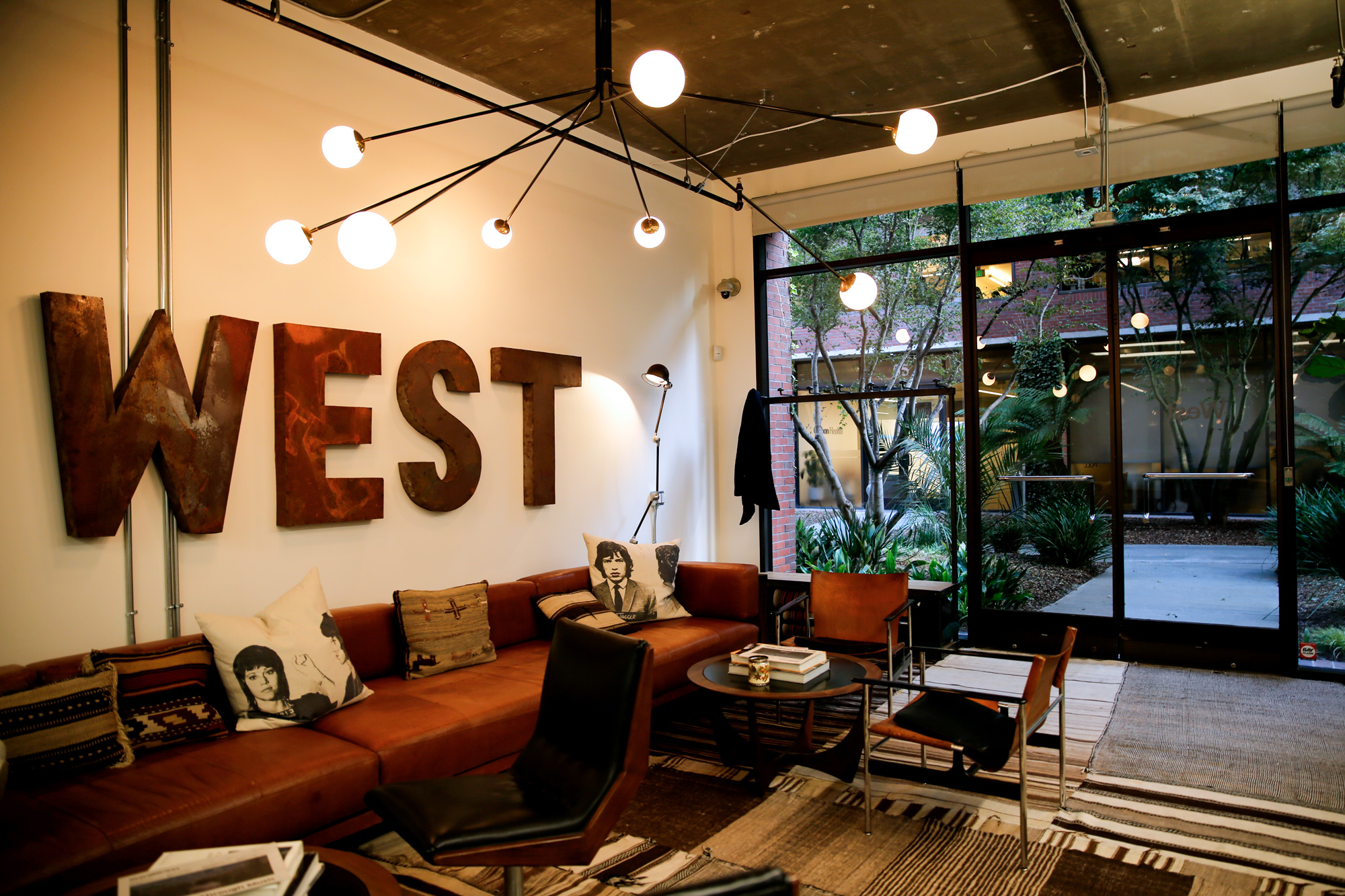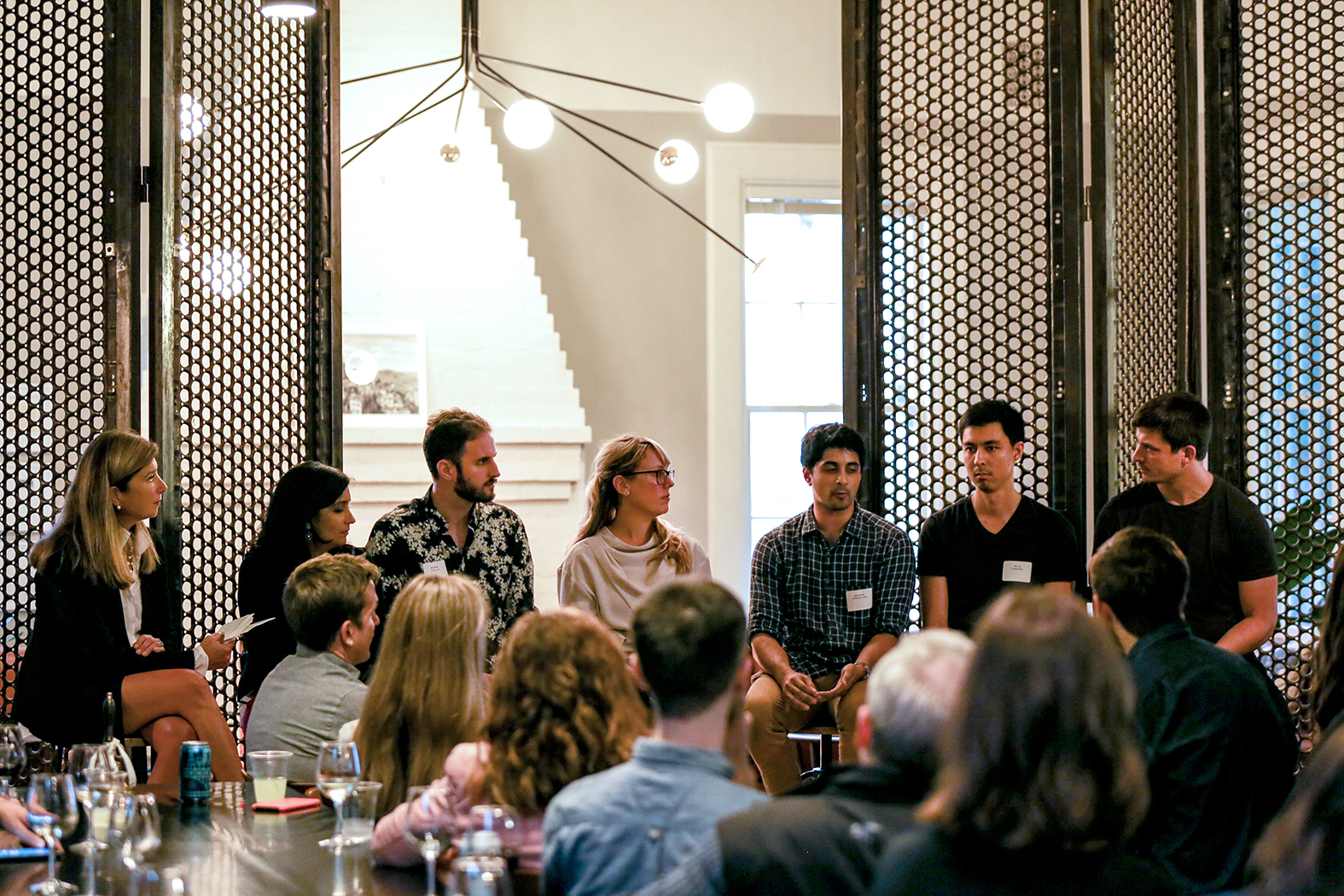Late last week the rates for many social media influencers doubled overnight. Here’s what we think this means and what you should do about it.
At West, we’ve spent the past two weeks building out a collaborator strategy for a stealth portfolio company that is gearing up to launch. Then, at 5am the morning we were due to speak with the founder and his team, an email hit our inboxes. It was a little unsettling.
The note came from a former West team member, now social media consultant, who we were partnering with to build out the program. The subject was simply, “Coronavirus + Collaborators” and it had been sent after a long night fielding frantic calls from clients and agencies wondering why their contracts with key influencers were being held, canceled, or aggressively renegotiated.
With retail numbers sliding, and experiential and event sponsorship canceled or indefinitely postponed, brands are scrambling to find ways to keep their user base engaged and revenues buoyed. As recent projections validate, advertising dollars are being shifted aggressively from traditional large scale media channels toward social media influencers and tactical, digital social programming.
In this situation, the market demand creates a Black Friday-like vortex, with influencers rates doubling (or more) and exclusivity requests from big-spending brands effectively locking out key influencers within their vertical for six months or more. Their livelihood, steady income, and the brands that provide it are all in jeopardy.
A network of nervous, independent contractors compounded with new traffic patterns across social media platforms yields uncertainty and as social always does, a totally different ecosystem. With so many people now working from home, and a global hammer of universally used hashtags, sites are now experiencing frequent and more uniform visits during the day, rather than just during traditional, peak hours. Plus, the world now has a singular focus–COVID-19. So what happens if, as an influencer, you post on a non-COVID related topic? Your engagement rate drops. And when the engagement rates drop so does the rate an influencer can demand. So those with high engagement rates in the crisis allowed their stock to rise. Desperate and/or opportunistic influencers even began leveraging the COVID-19 hashtag to gain impressions and increase levels of engagement. Times of uncertainty incite wild fluctuations in price and volatility––and with it winners and losers.
The digital media market has been bullish for a long time, offering mainly direct-to-consumer businesses a repeatable way to grow with a mostly predictable CAC (customer acquisition cost). However, this is only one channel for growth and brand building and it is hard to sustain cost-effectively over time. As investors, we are not the only ones who have become deeply cynical when we see growth derived from digital-only means. Our point of view on collaborators or influencers is this: some are valuable, others are not, some are dangerous to a partner, others are vital. Panic separates those segments. It’s why you should collaborate only with those who provide the same strategic value exchange you expect from long term partnerships. It is not transactional, it is relationship-based.
Amidst the volatility, here’s what we suggest.
If you are early in the journey or about to launch
This is a time to reevaluate your mix and how you’re building your brand for the long term. Study your end-to-end customer journey and dissect the multitude of ways consumers will come into contact with your new brand. Incorporate moments of delight that will foster long term brand love from the very beginning. Influencers are a tempting and immediate source of awareness and engagement, but by no means the only one. Consider channels that will build your brand in an emotional and meaningful (dare we say human) way.
Grassroots field marketing and community management (2.0). Now more than ever it is crucial to build trusted connections with your consumers because a strong brand is one of the most powerful tools to hedge against difficult business conditions (more on that here). We’re seeing small community-led initiatives pop up on numerous platforms from Zoom dinner parties to virtual trivia nights. Don’t discount these as one-offs, see these as a new way to build and sustain community. We undoubtedly are at the start of a period of change about how we think about and value connection and community. Referral and micro-influencers are about to mean entirely new things.
If you are scale-up
This is where this potentially starts to hurt. We know a key part of the D2C playbook relies on acquisition and influencer marketing to facilitate and pump growth around a well defined CAC. Now, that CAC is in flux and that will significantly impact your growth story. And that’s a problem. Following a range of recent case studies (the Casper IPO bringing that playbook squarely into the light) investors are increasingly wary of growth-by-acquisition stories. They are short term props masquerading as strong brand and product stories.
While challenging, now might be the time to question your mix and start to think about how small actions now can help you find a leadership position once we are in a post COVID world. (We deliberately didn’t say return to “normal”.) However, at this stage of life, you already have loyal consumers. Your business will no doubt endure structural changes and pivots––our new normal will be fundamentally different than today––so bring your consumers along for the ride with you by building a brand that is flexible and responsive to their sentiment.
If you are an established brand
You are likely already implementing a range of cash conserving measures across the business. You also hopefully have a larger war chest. But those with the larger war chests are exactly what’s driving the pricing spikes in this market.
While this is probably a good strategy to stay ahead of the competition in the short term, be cognizant that you may be artificially inflating the market (against yourself) in the long run. Are you engaging with influencers who represent your brand in an authentic way or are you land grabbing what is currently available? Continue to make brand decisions that would stand any test in good times.
Furthermore, on the influencer side, the stakes are now raised. With so much money sloshing around, expect social media to get a whole lot more salesy. And in our experience, this is not a good thing, much less when influencers try to balance the fine line of reporting on COVID-19.
The whole reason we love social media is that it isn’t advertising or reporting, it’s more human, and for the most part, meaningful. That may be about to change.
-Matt Hirst, Managing Partner























